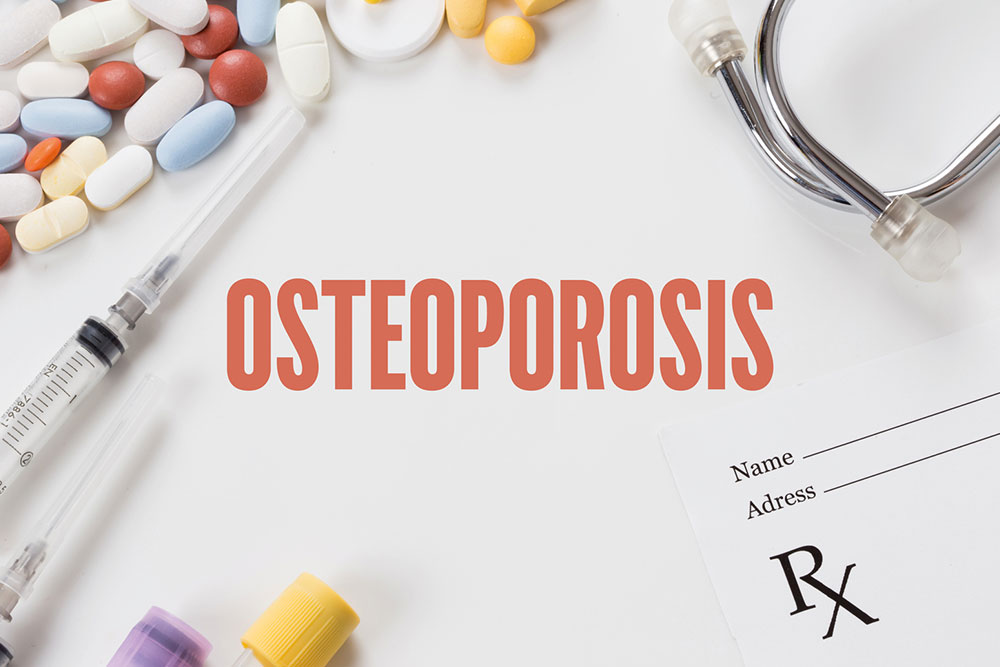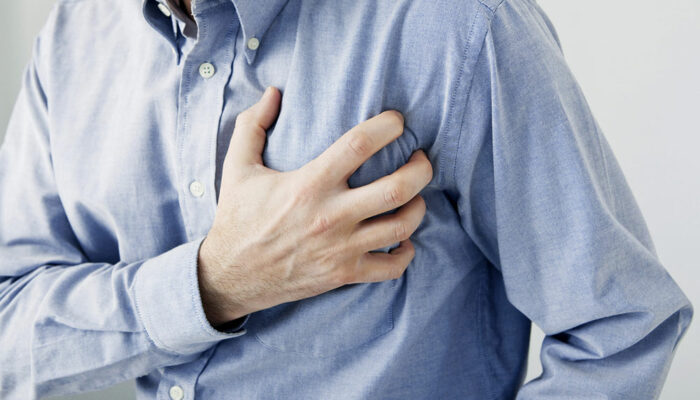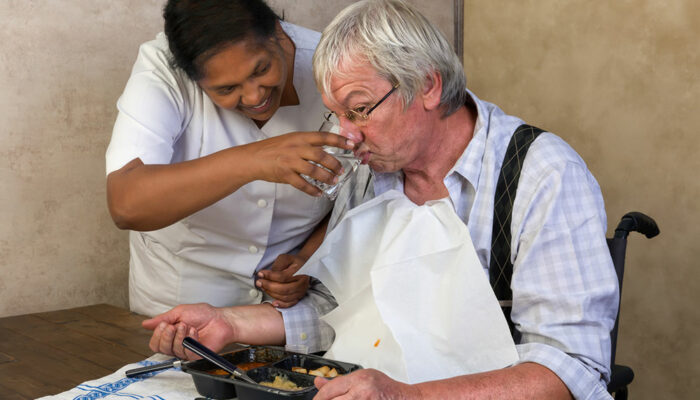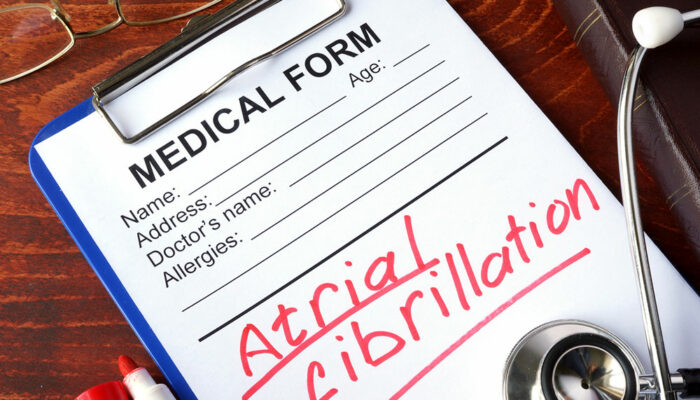
3 key factors to help prevent osteoporosis
Osteoporosis is a disease of the bones that make them thin and weak causing them to break even at the slightest of physical trauma. Most of the people in the country are at risk of developing osteoporosis due to low bone mass. Although osteoporosis is more common in older women, anyone can develop the condition especially if they are more susceptible to certain risk factors.
Mentioned below are some common risk factors of osteoporosis:
- Being petite
- Aging
- The family history of osteoporosis
- Consuming certain medication
- Being of Caucasian or Asian descent
- Having a low bone density
As osteoporosis is a silent disease, one may not recognize its onset until they either get it checked or break a bone. Therefore, it is important to get a bone mineral density test done at regular intervals to keep a check on bone health.
There are three main elements that help in preventing osteoporosis—Calcium, Vitamin D, and Exercise.
- Calcium: Following a diet that is directly rich in calcium is one of the best ways to prevent oneself from osteoporosis. As calcium content varies in every food, it is important to ensure that one is eating foods that have high calcium content. The recommended intake of calcium in people is around 3-5 serves of calcium-rich food. High levels of calcium content can be found in dairy foods, which the body can easily absorb. Therefore, one must include 3 servings of calcium-rich food every day. This includes a minimum of 250 ml of milk, a bowl of curd, and a slice of cheese. One can also choose low-fat options to keep the weight under control. Another way to consume calcium every day is by using yogurt in soups and salads. One can opt for calcium-rich dry fruit like almonds, dried figs, and dried apricot. Aside from this, consuming canned salmon or sardines also helps increase calcium levels in bones
- Vitamin D: Calcium alone is not enough for the body as the body needs vitamin D that helps in absorbing the calcium. Additionally, vitamin D is an essential mineral as it supports the growth and maintenance of the skeleton along with regulating calcium levels in the blood. One of the main sources of vitamin D is sun exposure. Other than sun exposure, one can also consume vitamin D from foods like fatty fish, salmon, tuna, and mackerel. Other foods for vitamin D include cheese, egg yolk, and foods that are fortified with vitamin D like certain dairy products, soy milk, orange juice, and cereals.
- Exercise: Physical activity in the form of exercise has an important role to play in improving bone density. Moreover, exercising daily results in strengthening the muscles along with increasing their size and capacity. While exercising has several benefits, it is important to be consistent with it as irregular exercising does not reap many benefits and will not really help one prevent osteoporosis. Additionally, it is important to do the right kind of exercising depending on one’s age and physique. Therefore, it is highly advisable to consult a physician about the right kind of exercise.




